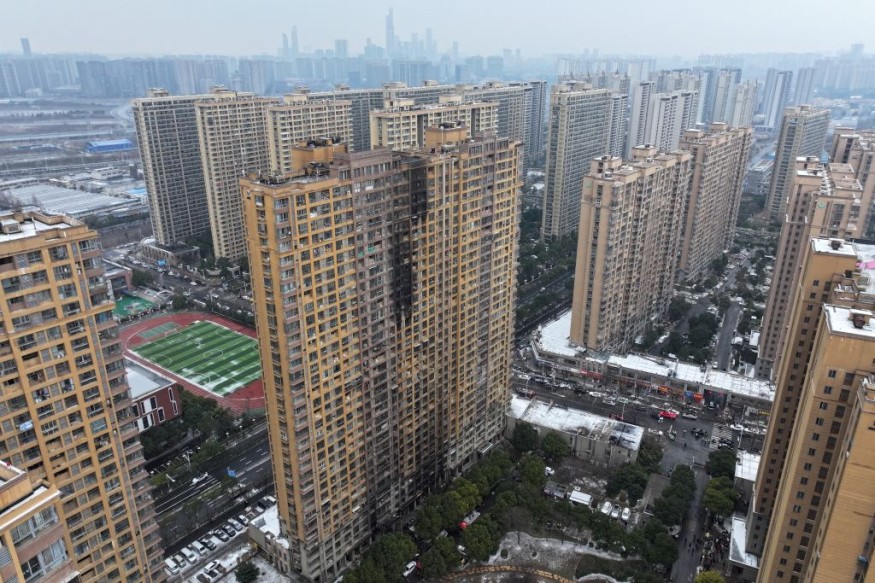
Experts warned that cities in eastern China could sink due to groundwater extraction.
Sea Level Rise
They said that the affected cities, which include Beijing and Tianjin, are concentrated in the eastern part of the country and along the coast.
A study noted that combined with the sea level rise, falling cities could expose around 10% of China's coastal population - between 55 and 128 million people - to flooding and irreparable damage by 2120.
China's massive wave of urbanization may be threatened by land subsidence, according to experts.
Using a spaceborne synthetic aperture radar interferometry technique, scientists have provided a systematic assessment of land subsidence in all of China's major cities from 2015 to 2022.
Of the examined urban lands, 45% are subsiding faster than 3 millimeters per year, and 16% are subsiding faster than 10 millimeters per year, affecting 29 and 7% of the urban population, respectively. The subsidence appears to be associated with a range of factors such as groundwater withdrawal and the weight of buildings.
By 2120, 22 to 26% of China's coastal lands will have a relative elevation lower than sea level, hosting 9 to 11% of the coastal population, because of the combined effect of city subsidence and sea-level rise.
The studies' results underscored the necessity of enhancing protective measures to mitigate potential damages from subsidence.
The scientists explained that the subsidence appears to be associated with a range of factors such as groundwater withdrawal and the weight of buildings. They noted that high-rise buildings are sprouting up, road systems are expanding, and groundwater is being used, all at a rapid pace.
Aside from the national pattern of city subsidence, researchers have identified several natural and human factors that were associated with city subsidence.
The natural factors included the geological setting of each city and the depth of the bedrock, and this influenced the amount of weight the ground could hold up without sinking.
Further, results of the study have found a strong link between the sinking cities and groundwater loss, which leaves empty pore space in the crust that becomes compacted as weight piles on above.
Experts mentioned that most of the groundwater changes were anthropogenic, with natural rainfall patterns making up for just 12% of the variation.
Affected Cities
Coastal cities such as Tianjin are especially affected as sinking land reinforces climate change and sea-level rise, the study indicated.
The sinking of sea defences is one of the reasons why Hurricane Katrina's flooding brought such devastation and death-toll to New Orleans in 2005.
Shanghai, which is considered to be China's biggest city, has subsided up to three meters over the past century and continues to subside up to the present. When subsidence is combined with sea-level rise, the urban area in China below sea level could triple in size by 2120, affecting 55 to 128 million residents.
This could be catastrophic without a strong societal response, experts warned.
The subsidence is mainly caused by human activities in the cities. Groundwater withdrawal, which lowers the water table is considered the most important driver of subsidence, combined with geology and weight of buildings.
© 2025 NatureWorldNews.com All rights reserved. Do not reproduce without permission.





